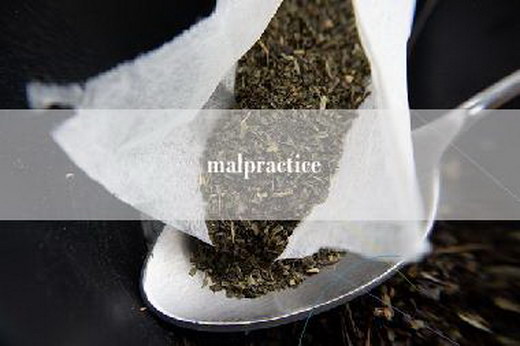Malpractice: What It Is and How to Protect Yourself
Malpractice is a term that is often associated with the medical profession, but it can apply to any profession where a person has a duty to provide a service to another person. Malpractice occurs when a professional fails to provide the appropriate level of care, resulting in harm to the person they are serving.
Malpractice can take many forms, from a doctor prescribing the wrong medication to a lawyer mishandling a client's case. In any case, the result is the same: the person who was supposed to be helped is now worse off than they were before.
If you are a professional who provides a service to others, it is important to understand what malpractice is and how to protect yourself from it. In this article, we will discuss the basics of malpractice and provide some tips on how to avoid it.
What is Malpractice?

Malpractice is a legal term that refers to a professional's failure to provide the appropriate level of care to a client or patient. This failure can occur in many ways, including:
- Negligence: This occurs when a professional fails to provide the appropriate level of care due to carelessness or inattention.
- Misconduct: This occurs when a professional intentionally acts in a way that is harmful to their client or patient.
- Breach of duty: This occurs when a professional fails to fulfill their duty to provide a service to their client or patient.
Regardless of the form it takes, malpractice can have serious consequences for the person who was supposed to be helped. In some cases, it can even result in death.
How to Protect Yourself from Malpractice
If you are a professional who provides a service to others, there are several steps you can take to protect yourself from malpractice:
1. Know your responsibilities: Make sure you understand what your responsibilities are to your clients or patients. This includes understanding any legal or ethical obligations you may have.
2. Keep accurate records: Keep detailed records of all interactions with your clients or patients. This can help you defend yourself if you are accused of malpractice.
3. Communicate clearly: Make sure you communicate clearly with your clients or patients. This can help prevent misunderstandings that could lead to malpractice.
4. Get insurance: Consider getting malpractice insurance. This can help protect you financially if you are sued for malpractice.
5. Stay up-to-date: Stay up-to-date with any changes in laws or regulations that may affect your profession. This can help you avoid unintentional malpractice.
Conclusion
Malpractice is a serious issue that can have devastating consequences for both the professional and the person they are serving. If you are a professional who provides a service to others, it is important to understand what malpractice is and how to protect yourself from it. By following the tips outlined in this article, you can help ensure that you provide the appropriate level of care to your clients or patients and avoid unintentional malpractice.

